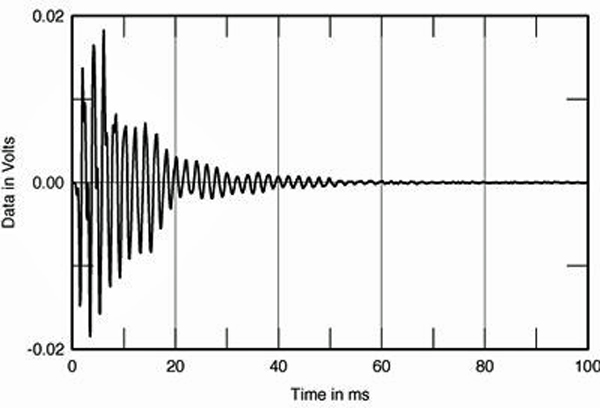You are unfortunately wrong. John Atkinson just explained to you ( in the article ) how music tones work . He is right about that. The conlusion of this fact is : its much better to have the resonanses at a higher frequency with a higher Q, than to have them at lower frequencies where the disturbance of real music tones are much higher.
There is much confusion in the audio world about how music tones work, even engineers get it wrong sometimes.
One of the great imponderables in hi-fi is how much the vibrations of a dynamic loudspeaker's cabinet walls contribute to its overall sound quality. Studies by William Stevens in the mid-1970s showed that, with some speakers, the acoustic output of the enclosure could be almost as much as that...

www.stereophile.com
John Atkinson wrote:
”The question is begged as to how important this will be subjectively with normal musical material, not test tones or pink noise. This high-Q resonance will need to be hit with sustained tones lasting for a good few milliseconds before it is fully excited. 360Hz is midway between the notes F and F# above Middle C in the second space of the treble staff (frequencies 349.23Hz and 370.0Hz, respectively); it is possible, therefore, that this resonant mode might add a degree of clouding on just these notes, which a very sensitive listener would pick up. If it were lower in frequency, however, where the notes are closer together, it would probably be excited more often, which is why resonances in the tenor region—approximately 120-240Hz—often add a "wooden" coloration to a speaker's sound.”


